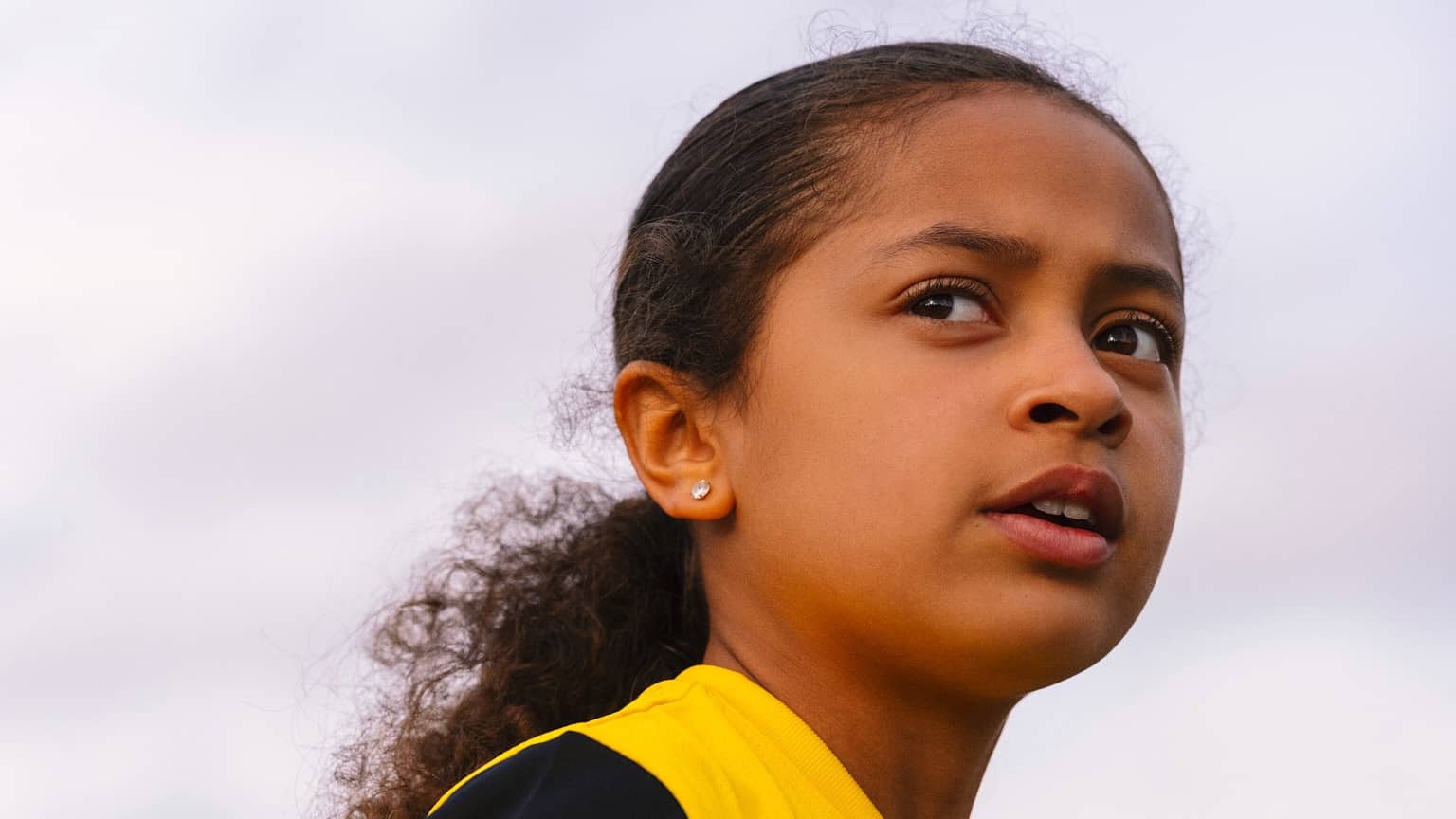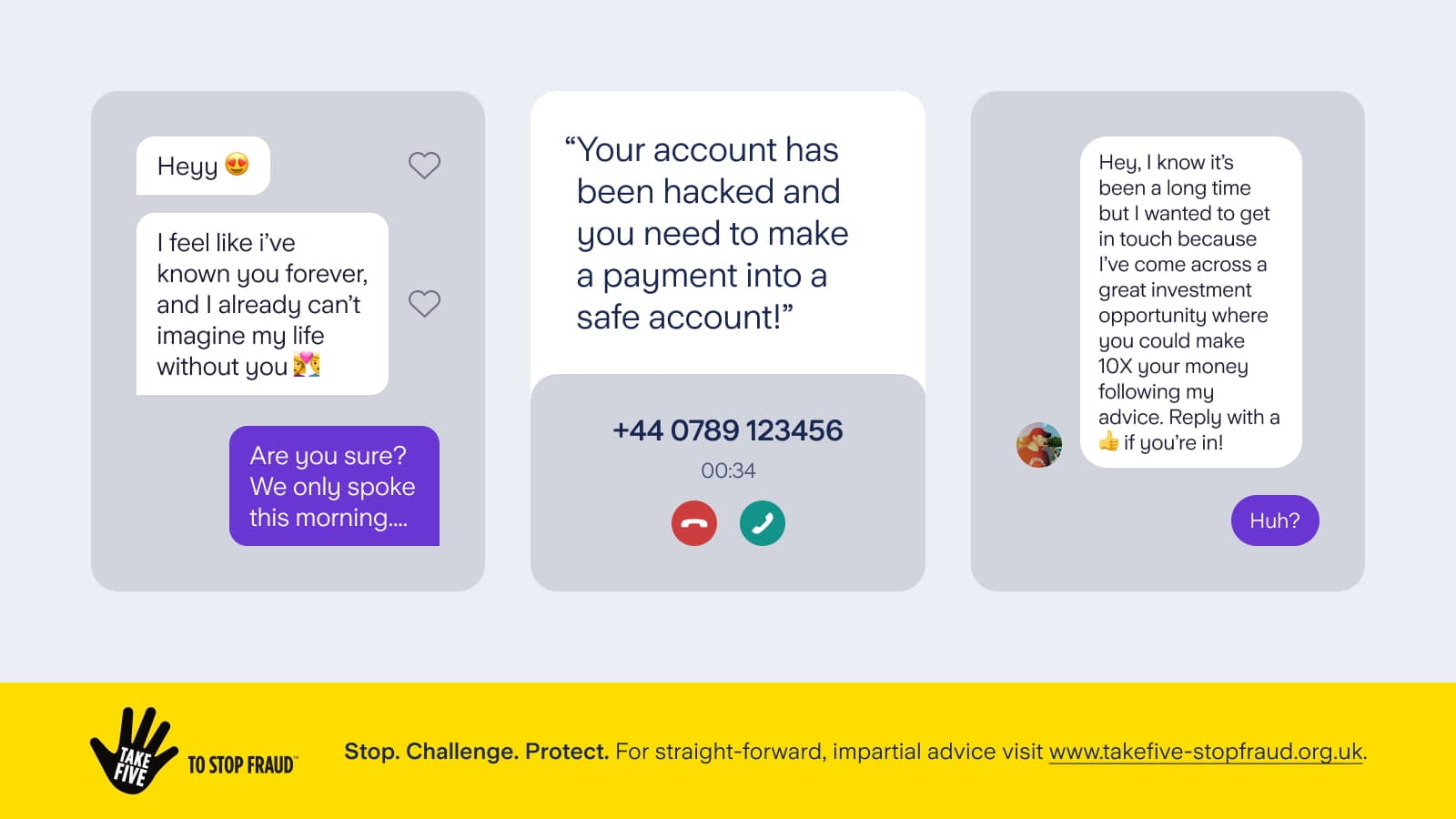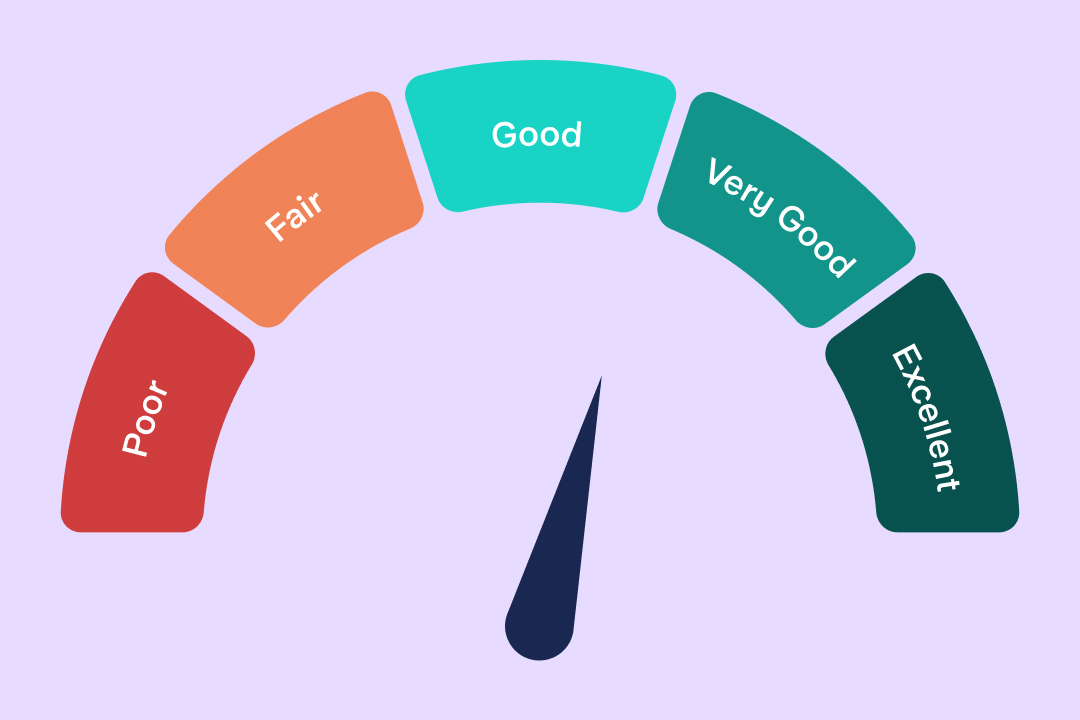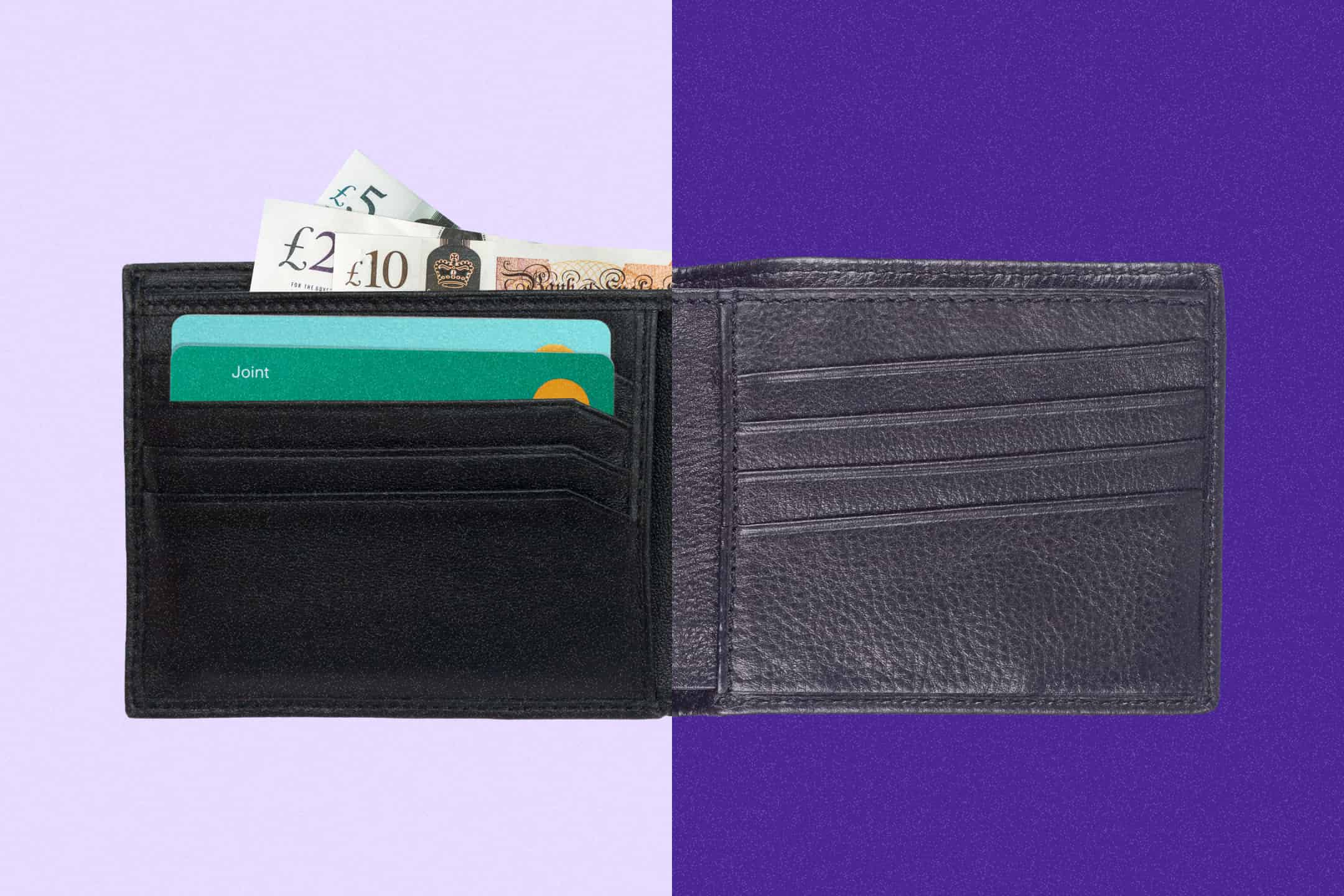
Personal finance
“We couldn’t get on the pitch – there were loads of men playing. The girls were so disappointed.”
15th May 2024

A Starling overdraft can act as a short-term safety net for eligible personal customers. If you don’t have enough money to cover an essential upcoming payment, or you have a sudden drop in your income, our flexible overdraft could help.
We offer interest rates of 15%, 25% or 35% EAR (variable) for arranged overdrafts based on a range of different factors, including information from a credit reference agency - and a representative rate of 15% APR* (variable), assumed credit limit £1,200.
We also have tools to help you manage your spending, so if you don’t have enough money to cover a scheduled payment, we will send you an alert so that you can put money into your account.
If you do dip into your arranged overdraft, we’ll send you another message to let you know. We also make it easy to see your overdraft fees on one simple screen. Once your overdraft is approved, you can use the in-app slider feature to manage and set the amount you need within your agreed limit. For example, if we offer you a £1,000 overdraft, you can choose to reduce your overdraft cap down to £500 using the slider. Then if later you decide you need £1,000, you can easily and quickly increase your overdraft cap back up again using the slider.
Adjust your overdraft limit with your overdraft slider in app
Once you’ve applied for a Starling personal account and it’s been verified and opened, you can apply for an overdraft in the app by tapping Overdraft in the menu.
After we’ve run an eligibility check and looked through a few details, we’ll tell you if you’re eligible for an overdraft, and the amount and the interest rate we could offer you. If we’re not able to offer you the overdraft amount you’ve asked for, we’ll let you know if you’re eligible for a lower amount. You can then accept or decline our offer. If you decline your overdraft offer or we’re unable to offer you an overdraft, you can re-apply but only after 12 months have passed since your previous application. If you choose to re-apply at a later date, the interest rate and overdraft limit we previously offered you may have changed. The offer details are based on a check of your credit score and your ability to make repayments.
Every time you apply for an overdraft, we will decide if you are eligible based on a credit check. A credit check looks at your financial history, including your debts, if you have taken out any overdrafts, credit cards or loans in the past and how well you repaid them. The first step is to check your eligibility for an overdraft, as part of this we do what is called a ‘soft’ credit check which doesn’t impact your credit score. We do this to understand your current credit commitments and how you have repaid these in the past. If we do offer you an overdraft and you accept, then we have to record a ‘hard’ credit check so other lenders can see you’ve applied for the overdraft. This type of check is recorded on your credit report and may impact your credit score.
Starling charges you the agreed interest rate on the money you take from your overdraft. We won’t charge you for going into your overdraft if there is enough money in your Spaces. For example, if you have a £2,000 overdraft with a zero balance on your account but £500 in your Spaces, we wouldn’t charge interest until you withdrew more than £500 of your overdraft.
If you’ve not got enough money in your account to cover a payment, we’ll decline the transaction. Starling doesn’t charge for declined transactions. On the rare occasions when you might go into an unauthorised overdraft, for example if you make an offline transaction, such as on London underground or if the final payment amount requested by a business goes over the initial amount authorised, we will not charge one-time fees or interest.
But it’s still important that you pay off any amount you owe to avoid going into arrears. Arrears means you have gone over your agreed overdraft limit which may impact your credit score.
You can see a breakdown of all your fees in the overdraft screen of your app. More pricing information is available on our overdraft pages.
We may stop your overdraft, reduce your overdraft amount or ask you to repay all of your owed overdraft amount at any time. We will always consider the impact of doing this and try to let you know in advance. You can also cancel your overdraft in your app or by calling customer service – as long as the amount has been cleared or repaid, including all interest and charges.
If you’re finding it difficult to pay back your overdraft, remember that you're not alone. If you feel able, try creating a budget so that you can build overdraft repayments into your money plan.
There are people you can turn to for help. You can get in touch with us for practical support, we can work with you to arrange a payment plan that works for you. You can also contact StepChange , Money Helper and Money Advice Service who are UK organisations and charities dedicated to supporting people with debt.
* Our representative APR is the advertised rate (or a lower rate) that we reasonably expect at least 51% of customers who are accepted for and enter into an overdraft agreement will get with us. An EAR (Equivalent Annual Rate) is a common way of showing interest rates on overdrafts which you can use to compare different banks’ interest rates - this does not include fees that some banks may charge you in addition to interest. An APR (Annual Percentage Rate) is a common way of showing interest rates on overdrafts which includes fees that banks may charge. Starling does not charge additional fees.
Article updated: 5 July 2023

Personal finance
15th May 2024

Personal finance
13th May 2024

Personal finance
14th March 2024

Money Truths
29th May 2025

Money Truths
28th May 2025

Money Truths
20th May 2025